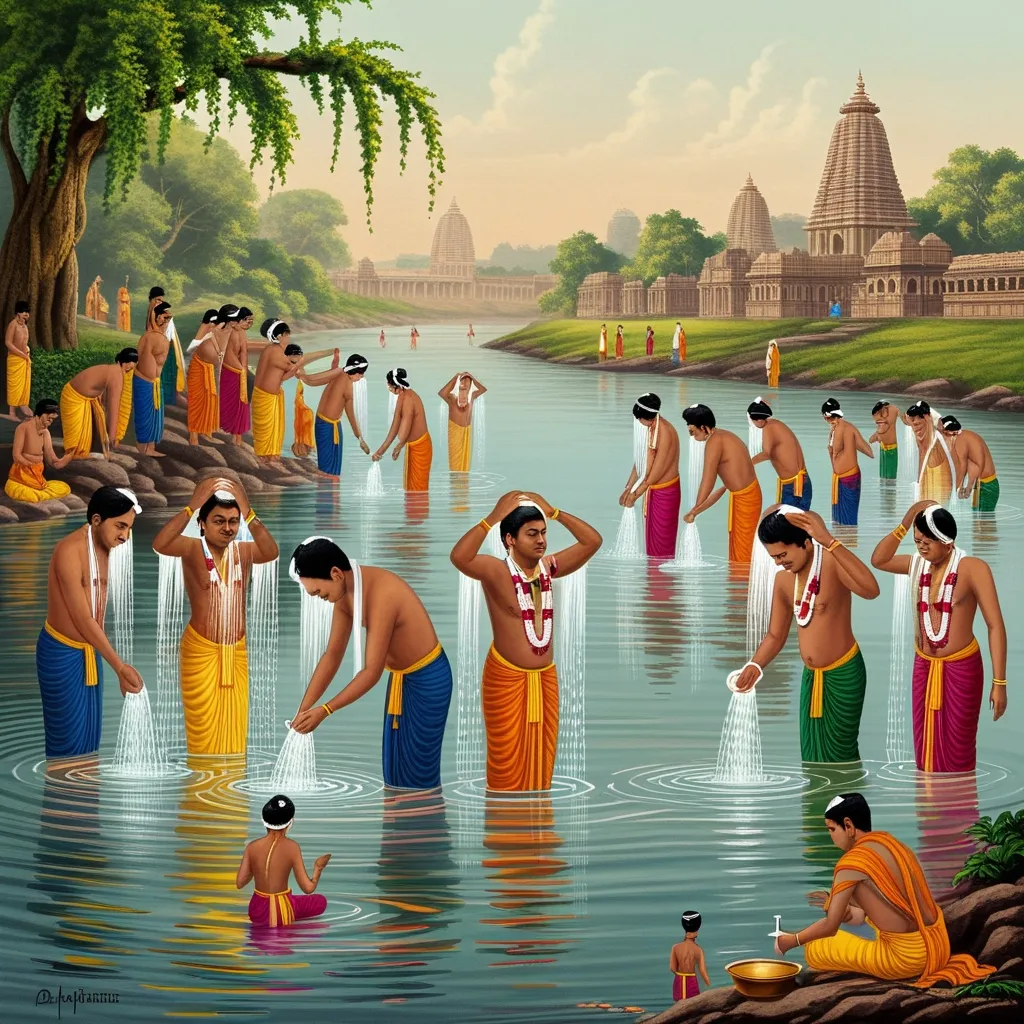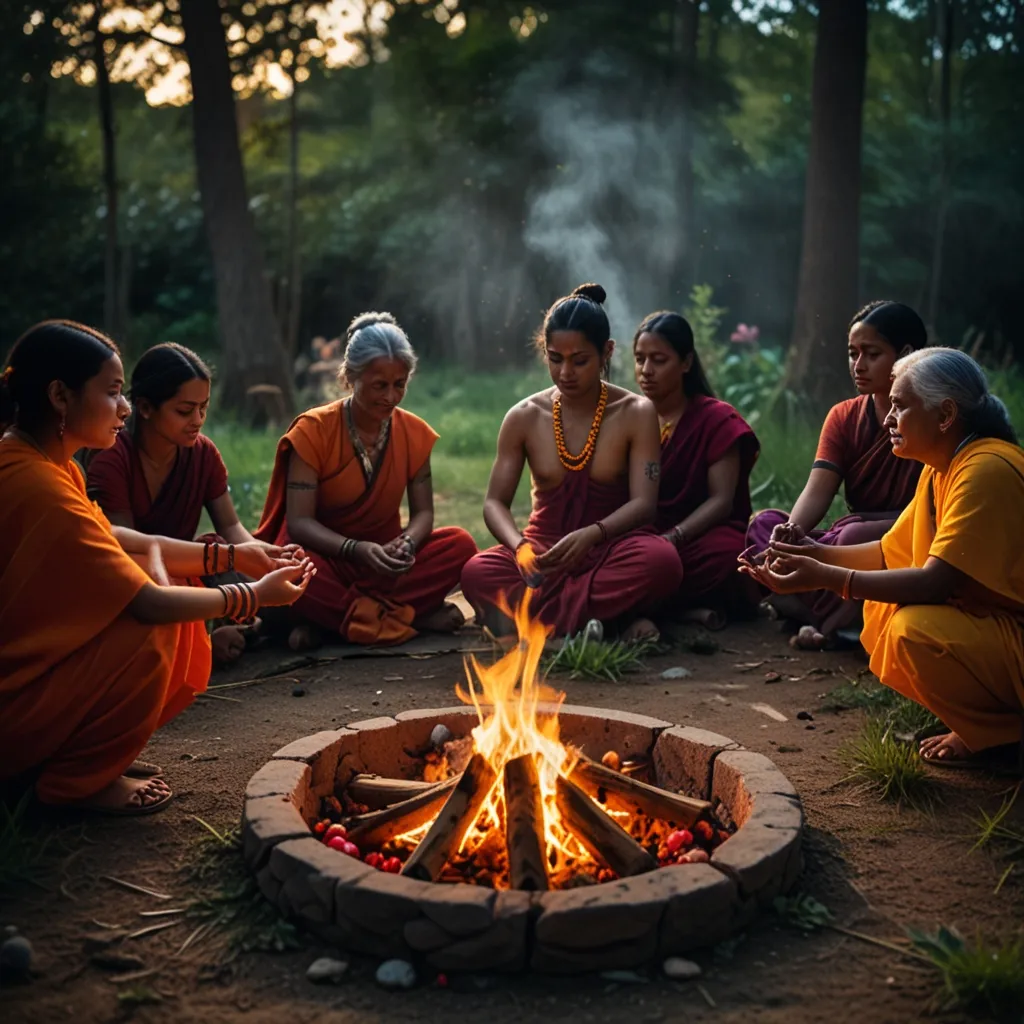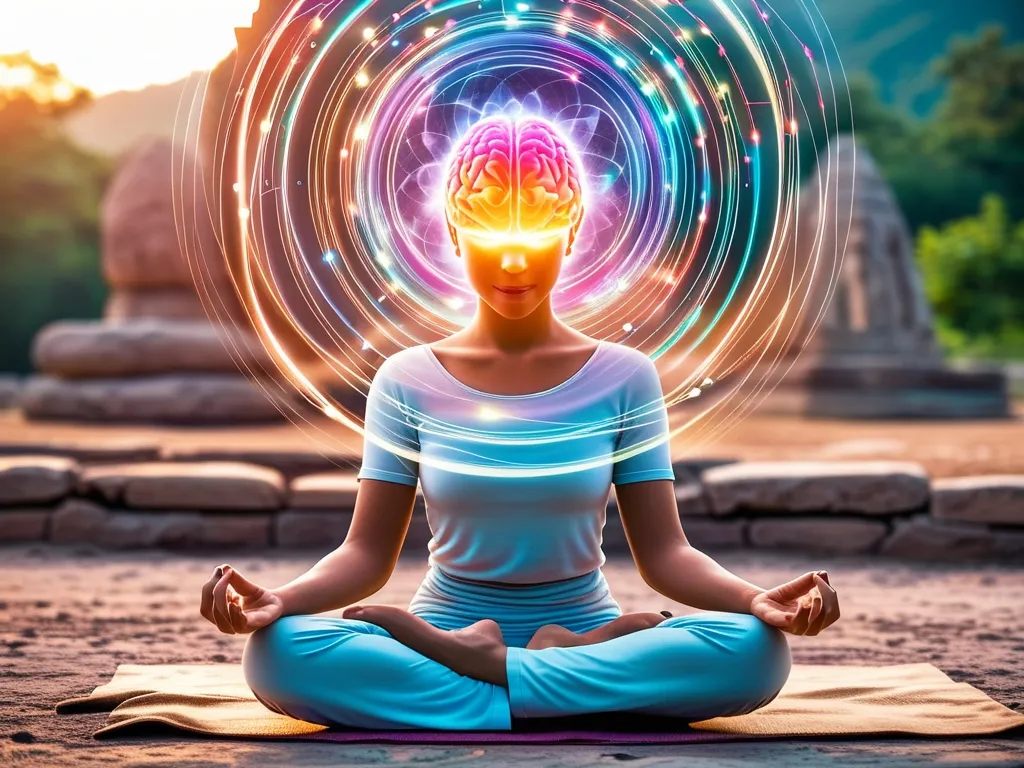In the mosaic of Hindu traditions, ritual bathing holds a special significance, serving as a conduit for purification, spiritual cleansing, and preparation for various ceremonies. This practice, with roots deeply embedded in the Vedic texts, particularly the Yajur Veda, has been meticulously followed for centuries, evolving yet retaining its profound essence.
Water, one of the primal elements, is pivotal in Hindu rituals. It symbolizes purification and cleansing, becoming an indispensable part of all auspicious ceremonies and kriya karmas. Imagine invoking divine energies through sacred Vedic mantras, with water being charged with these energies, transforming into a powerful sanctifying agent. Rituals like Punyahvachanam and Udakha shanthi demonstrate this, where the powers of ancient rivers such as the Ganga, Yamuna, and Saraswathi are invoked into water. This sanctified water is then used to prepare the yajamanas (the hosts) for further rituals, ensuring they are spiritually ready and purified.
Symbolic cleansing is essential before any significant ritual. Take, for instance, the ritual bath after visiting a funeral or cremation ground. This isn’t merely about hygiene but serves a deeper symbolic and religious purpose. It is seen as washing away the sadness and connection with the deceased, allowing one to start afresh. Religious scriptures guide this practice, advising such baths to cleanse any impurities or negative energies associated with death.
Delving into daily rituals, many Hindus observe Sandhyavandanam, which includes several cleansing steps. It begins with mānasasnānam, or the mind bath, where one remembers Vishnu and sprinkles water on their head, cleansing both internally and externally. Then comes ācamana, where water is sipped thrice while meditating on the Supreme Atman. This ritual purification prepares the body and mind for further spiritual practices.
Aghamarṣaṇaṃ, part of Sandhyavandanam, stands out as a unique practice aimed at liberation from sins. It involves using a few drops of water while chanting a mantra, mentally urging the embodiment of sin to come out through the nose into the water, which is then discarded. This ritual underscores the belief in water’s power to purify and cleanse one from all sins.
Arghyapradāna is another interesting aspect of Sandhyavandanam, where water is offered to the Sun. Here, one cups their hands, takes water, and offers it to the Sun while reciting the Gayatri mantra. This act is performed thrice, believed to destroy negative energies that could obstruct the ritual.
Abhisheka, or the ceremonial bathing of deities, showcases the crucial role of water in Hindu rituals. This involves bathing a deity or sacred object with sanctified substances like milk, yogurt, ghee, honey, and water. The ceremony begins with ritual purification and invoking the deity’s presence, followed by the bathing ritual, all accompanied by sacred mantras. This process purifies the devotee’s body, mind, and soul, fostering a deep spiritual bond with the deity.
The idea of purification through water extends beyond physical cleansing, delving into spiritual realms as well. Water washing away negative energies and impurities allows individuals to connect with the divine on a deeper level. For instance, a ritual bath before meditation or any spiritual practice helps cleanse the mind and body, preparing for a higher state of consciousness.
Historically, ritual bathing has been integral to Hindu culture, tracing back to the Vedic period. Though these rituals have evolved, their core significance remains intact. Practices like Abhisheka have been central to Hindu worship and temple culture, particularly in venerating deities like Lord Shiva, Lord Vishnu, and Goddess Durga. These traditions aren’t confined to India; Hindu communities worldwide embrace them, underscoring their universal appeal and importance.
Incorporating ritual bathing into daily life brings profound spiritual and physical benefits. The daily practice of Sandhyavandanam, for example, helps maintain spiritual purity and a divine connection. Similarly, participating in Abhisheka can elevate one’s consciousness and foster spiritual growth. The substances used in these rituals often have therapeutic properties, promoting overall health and well-being.
Ritual bathing in Hinduism, therefore, is a multifaceted practice encompassing physical, spiritual, and symbolic cleansing. Deeply rooted in the Yajur Veda and other ancient texts, these rituals form an integral part of Hindu culture. Be it the daily practice of Sandhyavandanam, the ceremonial bathing of deities in Abhisheka, or the symbolic cleansing post-funeral, water remains a central element. By participating in and understanding these practices, one can experience the profound benefits of purification, spiritual connection, and holistic well-being.






